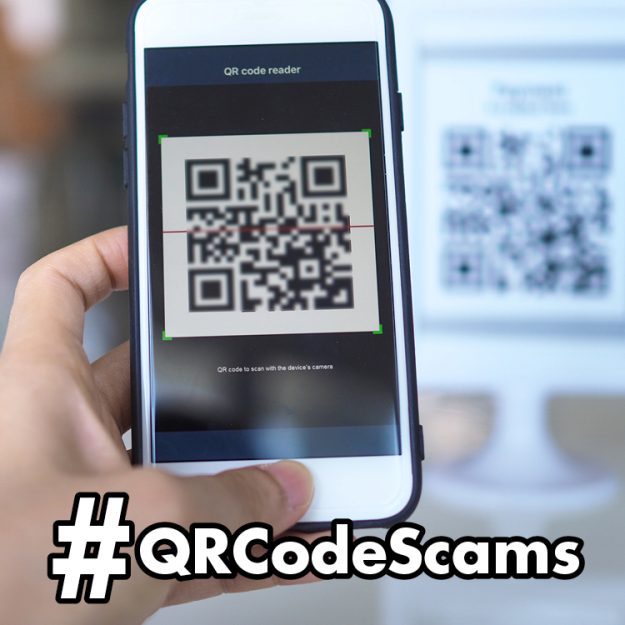5 Gifts for Mom that Don’t Break the Budget
It’s time to show Mom how much she means to you! But… if the idea of Mother’s Day fills your brain with ideas of pricey chocolates, flowers and other gifts, along with a busted budget, you may be going about this the wrong way. Don’t fret, though. We can help! Here’s five ways you can show your mom how much you care without draining your wallet.
1. A customized journal
A beautiful notebook for journaling can make a wonderful gift for Mom. You can turn it into a more personalized gift by adding inspirational quotes she’ll enjoy, gluing dried and pressed flowers onto random pages and even adding some of your favorite snapshots of you and her.
2. For the coffee-lover
If your mom can’t start her morning without her favorite cup of Joe, which is always iced when it’s warm outside, consider purchasing a Cold Bruer for $80. For a less expensive gift, which can also be perfect for the coffee-loving mom, consider an adorable pair of coasters from Etsy or a mug with a snappy mom message, like this one from Amazon.
3. A day to remember
Why not gift Mom with the best gift of all: a day in the company of everyone she loves? Plan a family day with Mom at the center and include all of her favorite things, from delish meals to her favorite parks and walking trails.
4. Peace and quiet
If you’ll be presenting a gift to your partner and you’ve got some little ones at home, consider giving their mom a day to herself. Take the kids out for the day so she can enjoy a rare afternoon alone in a quiet, clean house.
5. A homemade creation
No one is as proud of the things you can create as much as your mom. Make something for her this Mother’s Day to show her just how much she means to you. It can be a homemade bath kit to help her relax, a full, nicely packaged meal of her favorite foods or even a scrapbook of your best shared moments.
Use the ideas shared here to help the mom in your life celebrate the best Mother’s Day without spending much money at all.








